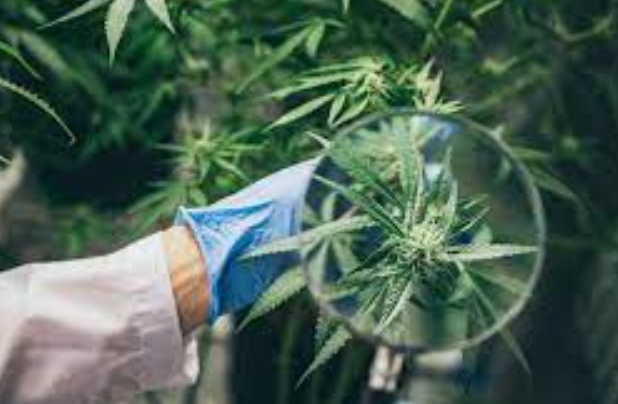A Complete Guide to the Different Types of Cannabinoids
Around 68% of Americans support the legalization of marijuana in the U.S. With so many types of cannabinoids out there, it can be hard to understand what makes each one different from the others.
If you want to learn more about cannabinoids, not only as medicine but also as a potential avenue for further research within the realms of CBD and THC, you should be familiar with each of their types.
It is important to understand the various types of cannabinoids and their effects. In this article, we’ll walk you through all you need to know, so keep reading.
The Well-Known Cannabinoid (THC)
THC is the most well-known cannabinoid because it is the most abundant cannabinoid in cannabis products, and it is the cannabinoid that has been studied the most. THC is a cannabinoid that gets people high.
It produces the psychoactive effects that people associate with marijuana. THC binds to cannabinoid receptors in the brain and has various products, including relaxation, euphoria, and an altered sense of time.
Nonpsychoactive Cannabinoids (CBD)
When it comes to nonpsychoactive cannabinoids CBD, there is a lot to learn. CBD is short for cannabidiol, one of the more than 100 cannabinoids in cannabis.
Unlike THC, CBD does not produce a high or intoxication. However, it does have some medical benefits.
CBD can treat several medical conditions, including epilepsy, anxiety, and pain. You can also improve sleep, reduce inflammation, and even fight cancer. CBD is available in various forms, including oils, edibles, and topicals. CBD is legal in many states, but not all.
Sleepy Cannabinoids (CBN)
CBN (cannabinol) is a cannabinoid that occurs naturally in the hemp plant at very low potency. Most cannabinoids interact with two types of receptors, CB1 and CB2.
CB1 receptors are found primarily in the brain, while CB2 receptors are located in the immune system. Cannabinoids interact with these receptors to produce their various effects.
THC binds directly to CB1 receptors and is responsible for the psychoactive effects of cannabis. CBN is produced when THC is broken down in the body and attaches to CB2 receptors. studies
Mother Cannabinoids (CBG)
CBG is a “mother cannabinoid” because it is the precursor to THC, CBD, and other cannabinoids. CBG is thought to have anti-inflammatory, antibacterial, and anti-cancer properties.
In animal studies, CBG has been shown to improve mood and reduce anxiety. While more research is needed to confirm the therapeutic potential of CBG, it shows promise as a potential treatment for various conditions.
If you’re interested in trying CBG, look for a cannabis strain that contains high levels of this cannabinoid. You can also purchase CBG oil, which can be taken orally or applied topically.
Vaping Cannabinoids (THCV)
THCV is known for its stimulant effects, and it’s often compared to caffeine. If you’re looking for a cannabis strain that’s high in THCV, you might want to try a strain like Cherry Wine or Durban Poison.
Cannabinoids are absorbed into the bloodstream through the lungs, and the body quickly metabolizes them. This means that you’ll feel the effects of cannabinoids more rapidly if you vape them instead of smoking them.
The Many Types of Cannabinoids
There are many different types of cannabinoids, each with its unique benefits. If you are interested in trying out cannabinoids, be sure to do your research to find the right product for you.
Do some research and find the right one for you. With so many cannabinoid options, one will be perfect for you.
Did you find this guide helpful? If so, check out some of our other posts about health and well-being.

Leave a Reply